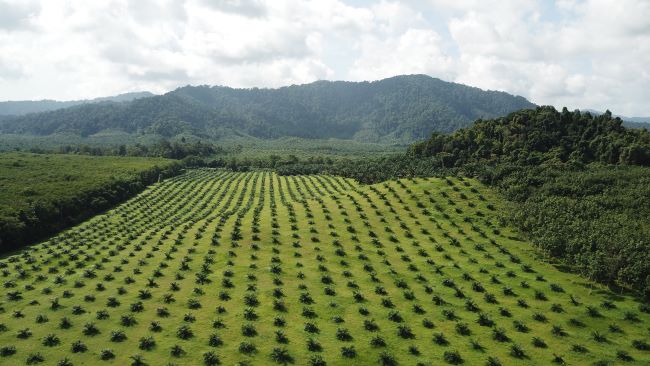Waterside forest reserves in oil palm plantations – biodiversity sanctuary or pest source?

Congratulations to ASE Asst Prof Eleanor Slade, who has been awarded a Tier 1 grant. With this grant, she sets out to solve an important dilemma for sustainable practice in the palm oil industry; namely if environmental benefits make it worthwhile preserving riparian forest in oil palm plantations or if they are acting as sources of agricultural pests. Currently there is increasing interest in sustainable options for oil palm agriculture, it is therefore crucial to improve the environmental credentials of this industry that is so important to the economy and welfare of many Southeast Asian countries.
Currently, certification standards for sustainable production of palm oil by the Roundtable on Sustainable Palm Oil (RSPO) include protecting native vegetation along waterways. These strips of riparian forest are important for water security, flood prevention, and as fire breaks. They are also thought to mitigate some of the adverse effects of agriculture on the environment through maintenance of biodiversity and climate change mitigation, however, these effects are not well understood. However, there is a concern that pests and diseases are spreading from the riparian forest to the oil palm.
For this study, Slade and collaborators will focus on two major pests of oil palm: rhinoceros beetles, and Ganoderma fungus, which cost the industry millions of dollars in damage and crop protection each year. Movements and distribution of beetles will be monitored and the spread of Ganoderma will be tracked with state of the art molecular finger-printing techniques. Then, a cost-benefit analysis will be performed taking into account different riparian buffer width scenarios and their impact on yield. These results will be compared to any gains in biodiversity. This inter-disciplinary project will provide the scientific evidence base that is crucial to inform future policies and guidelines on riparian areas in oil palm landscapes.
Text by Anna Lagerström based on information from Eleanor Slade

